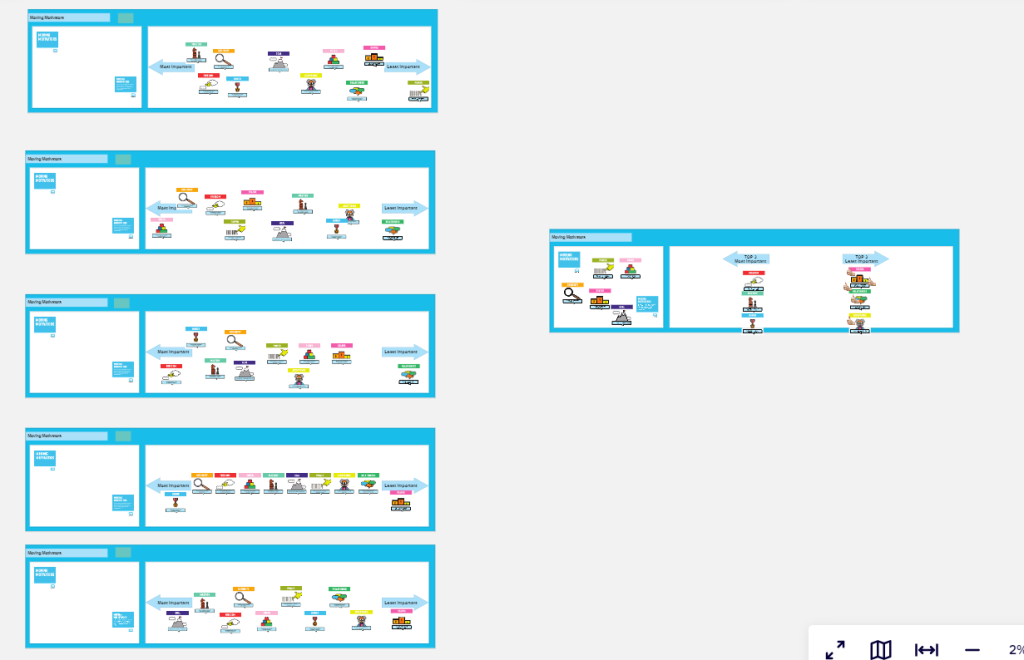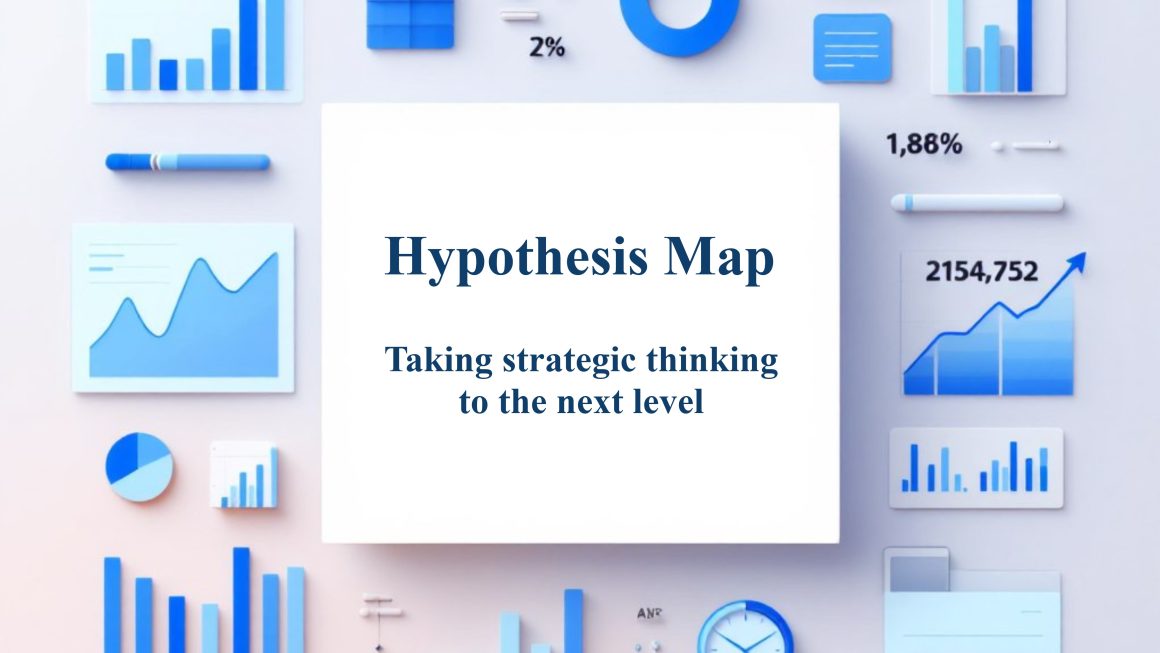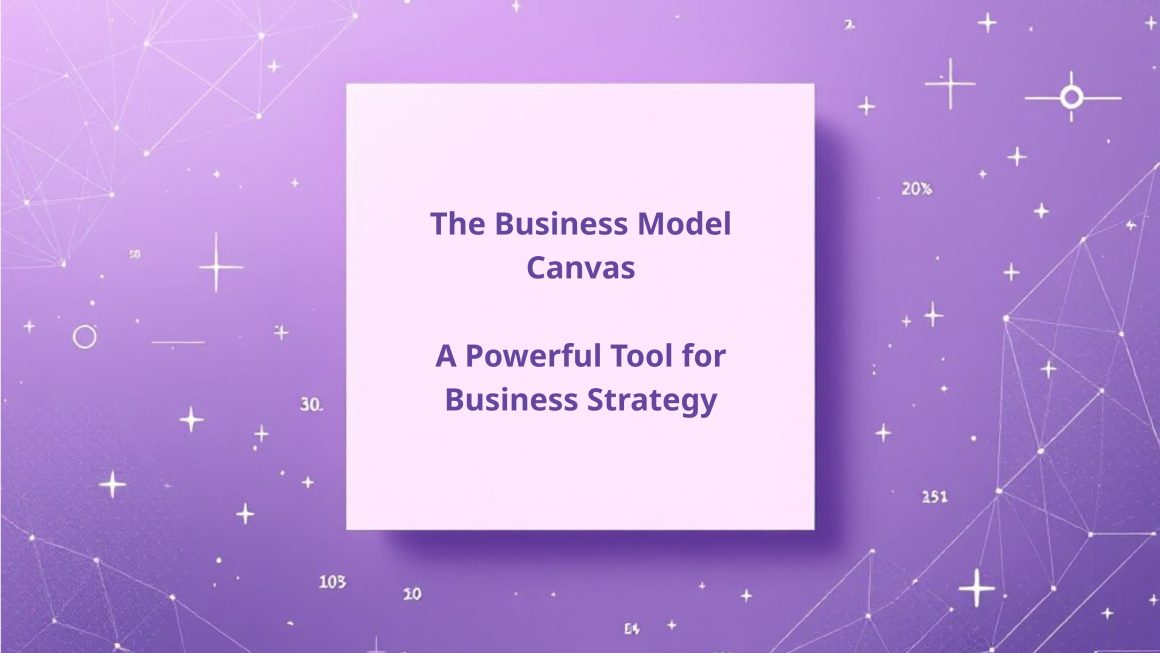Motivation is the driving force that compels people to take action towards achieving their goals. It is the reason why people get up in the morning and go to work. There are two types of motivation: extrinsic and intrinsic. Extrinsic motivation comes from external factors such as rewards, recognition and status, while intrinsic motivation comes from within, such as personal growth and development.
The role of a Scrum Master is not just to facilitate the Scrum process but also to motivate and inspire the team. Motivation is a key factor in the success and as a leader, it is our responsibility to ensure that the team stays motivated throughout the Sprints.
There is a special tool to explore the motivation of every member on the team – Moving Motivators Management 3.0. By using this tool there is a good possibility for creating a positive work environment, fostering teamwork and recognizing the contributions of individual team members. In other words it can help to build a motivated and productive team that is committed to achieving their goals.
From time to time I conduct this useful game in my teams. Once upon a time I decided to use Moving Motivators to improve team motivation. I prepared the Miro board frame as my team is orking remotely. On the day of the meeting, after introducing the tool to my team and explaining its purpose, I asked the team members to choose the frame they like and to write the name. Each team member had Moving Motivator cards. Then I asked the team to rank the motivators based on their importance to them. The team members placed the cards on their frames in order from left to right, with the most important motivator on the left and the least important motivator on the right.

Based on the results we got TOP 3 Most Important Motivators and TOP 3 Least Important Motivators. The results showed that Freedom, Mastery and Honour were the most important motivators for the team members. I used this information to guide discussions around whether they really have these motivation points in work, how we can improve motivation within the team. The discussion was very interesting. We found out that almost all the team members feel the lack of freedom. But this is the main motivator for them. We tried to figure out the wways how we could improve it and set up the plan. In a while we examined the results of our plan, not all the points we managed to reach, but the team was glad that some things were put in life. It was a small victory, but victory! The game helped the team to understand what motovates them and that they can influence the work process in order to make it better.
Besides this game helped the team to understand each other’s motivators and to tailor their approach to motivation accordingly. By providing more freedom, the team members felt more ownership over their work and were more motivated to complete their tasks.
To my mind it is neccessary to conduct this game regularly to ensure that the team’s motivators were being met and to identify any changes in motivation over time. It is not easy, because the time is tough and it’s difficult to organize a special meeting for it. But I think it can be done during one of the retrospecties.
It is very interesting what you think about this game and the topic of motivation. Does motivation literary play so importnat role in our lives? Let’s discuss it!
Do not hesitate to contact me on Telegram or at LinkedIn – just click one of these words.




